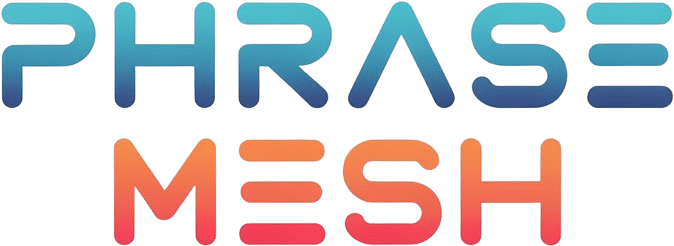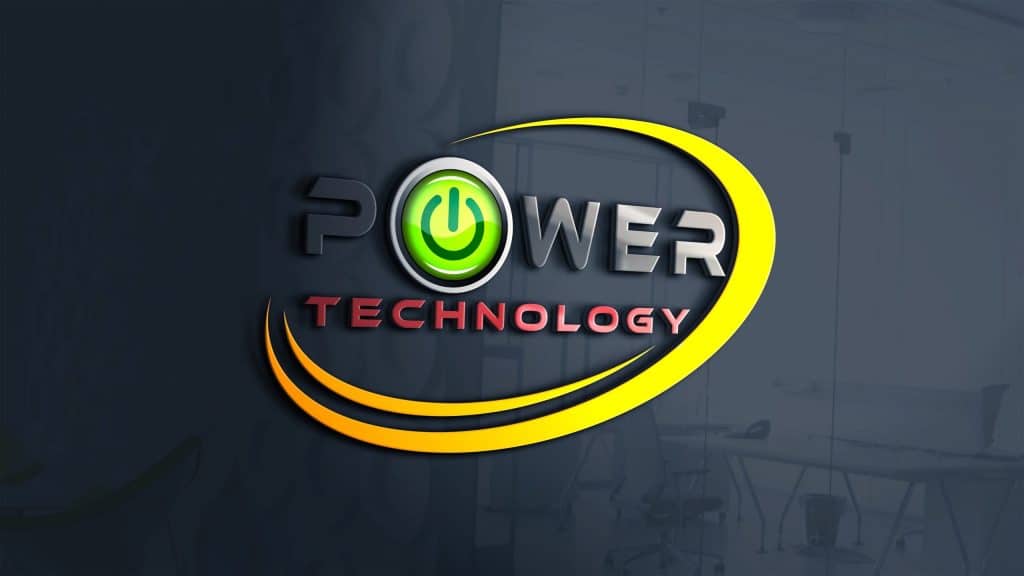In today’s fast-paced digital world, establishing a strong brand identity is essential for businesses, freelancers, and creators alike. A logo serves as the visual cornerstone of a brand, encapsulating its values, personality, and mission in a single, memorable design. However, not everyone has the budget to hire a professional graphic designer or the expertise to create a logo from scratch. This is where logo generator comes into play, revolutionizing the way individuals and businesses approach branding. In this article, we’ll explore what logo generators are, how they work, their benefits and limitations, and why they have become a go-to solution for modern branding.
What Are Logo Generators?
Logo generators are online tools or software platforms that allow users to create custom logos without requiring advanced design skills. These platforms typically use pre-designed templates, icons, fonts, and color schemes, enabling users to mix and match elements to craft a unique logo. Many logo generators leverage artificial intelligence (AI) to suggest design combinations based on user inputs, such as brand name, industry, and style preferences.The process is straightforward: users input basic information about their brand, select from a range of templates or design elements, and tweak the layout until they’re satisfied. Once complete, the logo can be downloaded in various file formats (e.g., PNG, JPEG, or vector files like SVG) for use across websites, business cards, social media, and other branding materials.
How Do Logo Generators Work?
Most logo generators follow a user-friendly, step-by-step process. First, users provide their brand name and, in some cases, a tagline. Next, they select their industry (e.g., technology, food and beverage, or fitness) to narrow down relevant design options. Some platforms ask about style preferences, such as minimalist, vintage, or bold, to tailor suggestions further. AI-powered logo generators, like Looka or Wix Logo Maker, analyze these inputs to generate dozens of logo variations instantly.
Users can then customize their chosen design by adjusting fonts, colors, icons, and layouts. Advanced platforms offer additional features, such as drag-and-drop editors, mockup previews (showing the logo on business cards or storefronts), and branding kits that include social media assets or favicon versions of the logo. Once finalized, users can download high-resolution files, often with the option to purchase additional services like trademark registration or full brand identity packages.
Benefits of Using Logo Generators
1. Cost-Effectiveness
Hiring a professional designer can cost hundreds or thousands of dollars, which may be prohibitive for startups or small businesses. Logo generators offer an affordable alternative, with many platforms providing free basic versions or premium plans starting at a fraction of the cost of custom design services.
2. Speed and Convenience
Creating a logo with a generator takes minutes, not days. This is ideal for entrepreneurs who need a logo quickly to launch a website, promote a product, or establish a social media presence. The intuitive interfaces and ready-made templates eliminate the need for lengthy back-and-forth with a designer.
3. Accessibility for Non-Designers
Logo generators democratize design by making it accessible to everyone, regardless of technical expertise. With pre-designed elements and guided workflows, anyone can create a professional-looking logo without learning complex software like Adobe Illustrator.
4. Customization and Flexibility
While templates form the foundation, most logo generators allow significant customization. Users can experiment with colors, fonts, and layouts to align the logo with their brand’s unique identity. Some platforms even provide advanced editing tools for more creative control.
5. Scalability
Many logo generators offer scalable vector files, ensuring the logo looks crisp at any size—whether on a business card or a billboard. This is critical for maintaining brand consistency across various mediums.
Limitations of Logo Generators
Despite their advantages, logo generators have some drawbacks. One key limitation is the lack of originality. Since many platforms rely on shared templates, there’s a risk that multiple businesses could end up with similar logos, potentially diluting brand uniqueness. To mitigate this, users should invest time in customizing their designs to stand out.
Another challenge is the learning curve for advanced customization. While basic logo creation is simple, achieving a truly polished result may require familiarity with design principles, such as color theory or typography. Additionally, free versions of logo generators often come with restrictions, such as low-resolution downloads or watermarked logos, pushing users toward paid plans.
Finally, logo generators may not fully capture a brand’s essence. A professional designer brings strategic insight, crafting a logo that tells a brand’s story and resonates with its target audience. Generators, while efficient, may produce generic designs that lack this depth.
Why Logo Generators Are a Game-Changer
Logo generators have transformed branding by empowering individuals and businesses to take control of their visual identity. They’re particularly valuable for startups, freelancers, and small businesses operating on tight budgets or timelines. In an era where first impressions matter—often formed within seconds on a website or social media—having a professional logo is non-negotiable, and logo generators make this achievable.
Moreover, the rise of AI in logo generators has elevated their capabilities. Machine learning algorithms analyze design trends and user preferences to deliver increasingly sophisticated results, bridging the gap between automated tools and bespoke design. As these platforms evolve, we can expect even greater personalization and creative freedom.
Tips for Using Logo Generators Effectively
To maximize the potential of a logo generator, consider these best practices:
- Research Your Brand: Understand your brand’s values, target audience, and industry before starting. This ensures your logo aligns with your vision.
- Experiment with Customization: Don’t settle for the first template. Play with colors, fonts, and layouts to create something unique.
- Keep It Simple: A clean, uncluttered logo is more memorable and versatile across platforms.
- Check Scalability: Ensure the logo looks good in both small (e.g., favicon) and large (e.g., signage) formats.
- Invest in Premium Features: If budget allows, opt for high-resolution files or branding kits to enhance professionalism.
Conclusion
Logo generators have redefined the branding landscape, offering an accessible, affordable, and efficient way to create professional logos. While they may not replace the nuanced expertise of a human designer, they provide a powerful solution for businesses and individuals seeking to establish a visual identity quickly. By combining user-friendly interfaces, AI-driven design suggestions, and extensive customization options, logo generators empower anyone to craft a logo that reflects their brand’s essence. As technology continues to advance, these tools will only become more integral to the branding process, making high-quality design more attainable than ever.





